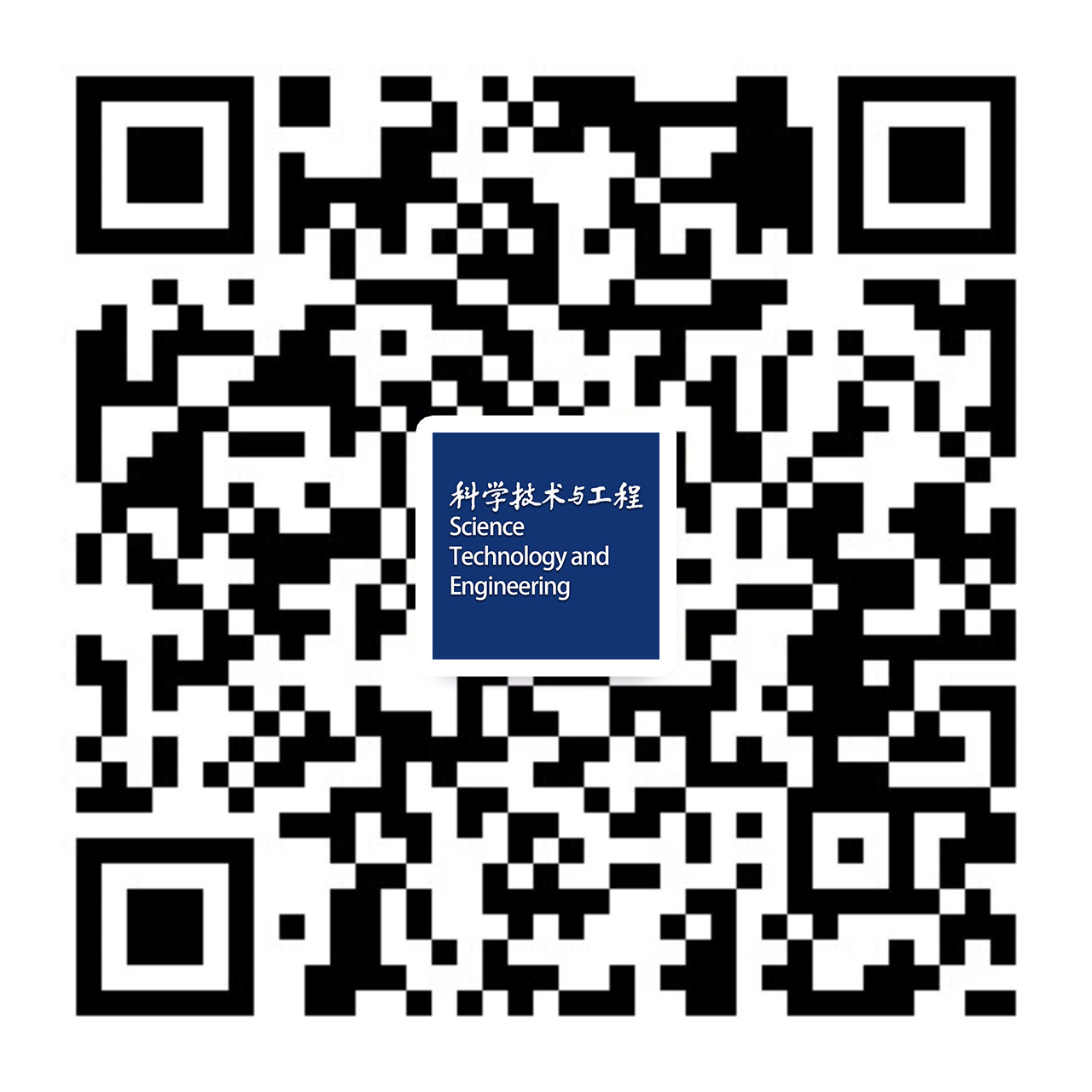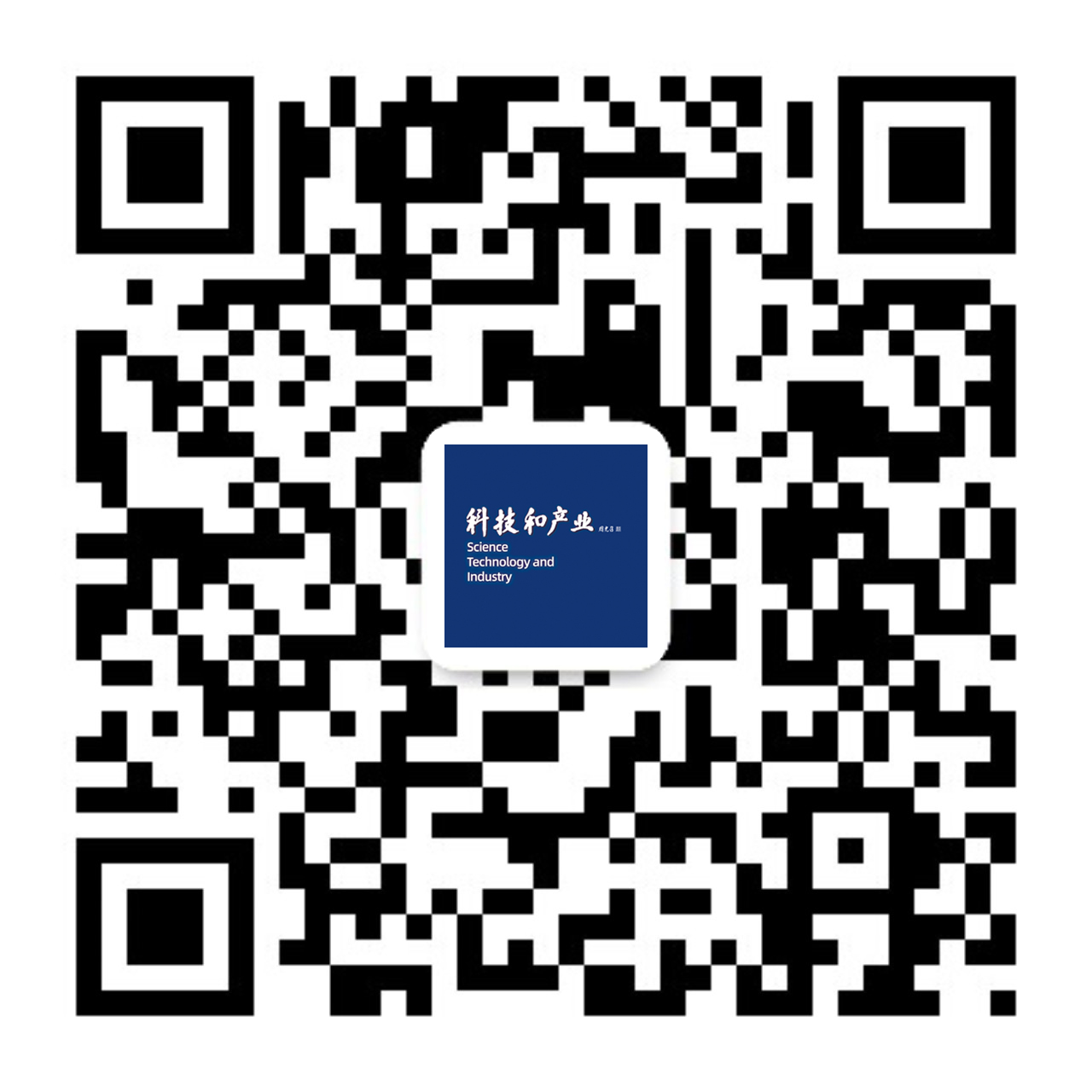中国新质生产力发展水平测度、区域差距及动态规律
作者:
作者单位:
1.中山大学马克思主义学院;2.重庆邮电大学经济管理学院
作者简介:
通讯作者:
中图分类号:
F124
基金项目:
国家自然科学基金青年项目“厌恶,还是欣赏?消费者对人工智能医疗服务采纳的心理机制研究”(72002225);中央高校基本科研业务费青年教师项目“正确理解和大力推进中国式现代化”(2023qntd35)
Measurement, Regional Difference and Dynamic Evolution of the Development Level of China’s New Quality Productivity
Author:
Affiliation:
1.School of Marxism,Sun Yat-sen University;2.School of Economics and Management,Chongqing University of Posts and Telecommunications
Fund Project:
引用本文
吴继飞,万晓榆.中国新质生产力发展水平测度、区域差距及动态规律[J].技术经济,2024,43(4):1-14.
复制相关视频
分享
文章指标
- 点击次数:
- 下载次数:
- HTML阅读次数:
历史
- 收稿日期:2024-04-16
- 最后修改日期:2024-04-22
- 录用日期:2024-04-23
- 在线发布日期: 2024-05-06
- 出版日期:
文章二维码

您是第 位访问者
电话:010-65055536, 18515632865 Email:jishujingji@cste.org.cn
地址:北京市海淀区学院南路86号(100081) 邮政编码:80-584
ICP:京ICP备05035734号-5
技术经济 ® 2025 版权所有
技术支持:北京勤云科技发展有限公司
电话:010-65055536, 18515632865 Email:jishujingji@cste.org.cn
地址:北京市海淀区学院南路86号(100081) 邮政编码:80-584
ICP:京ICP备05035734号-5
技术经济 ® 2025 版权所有
技术支持:北京勤云科技发展有限公司



